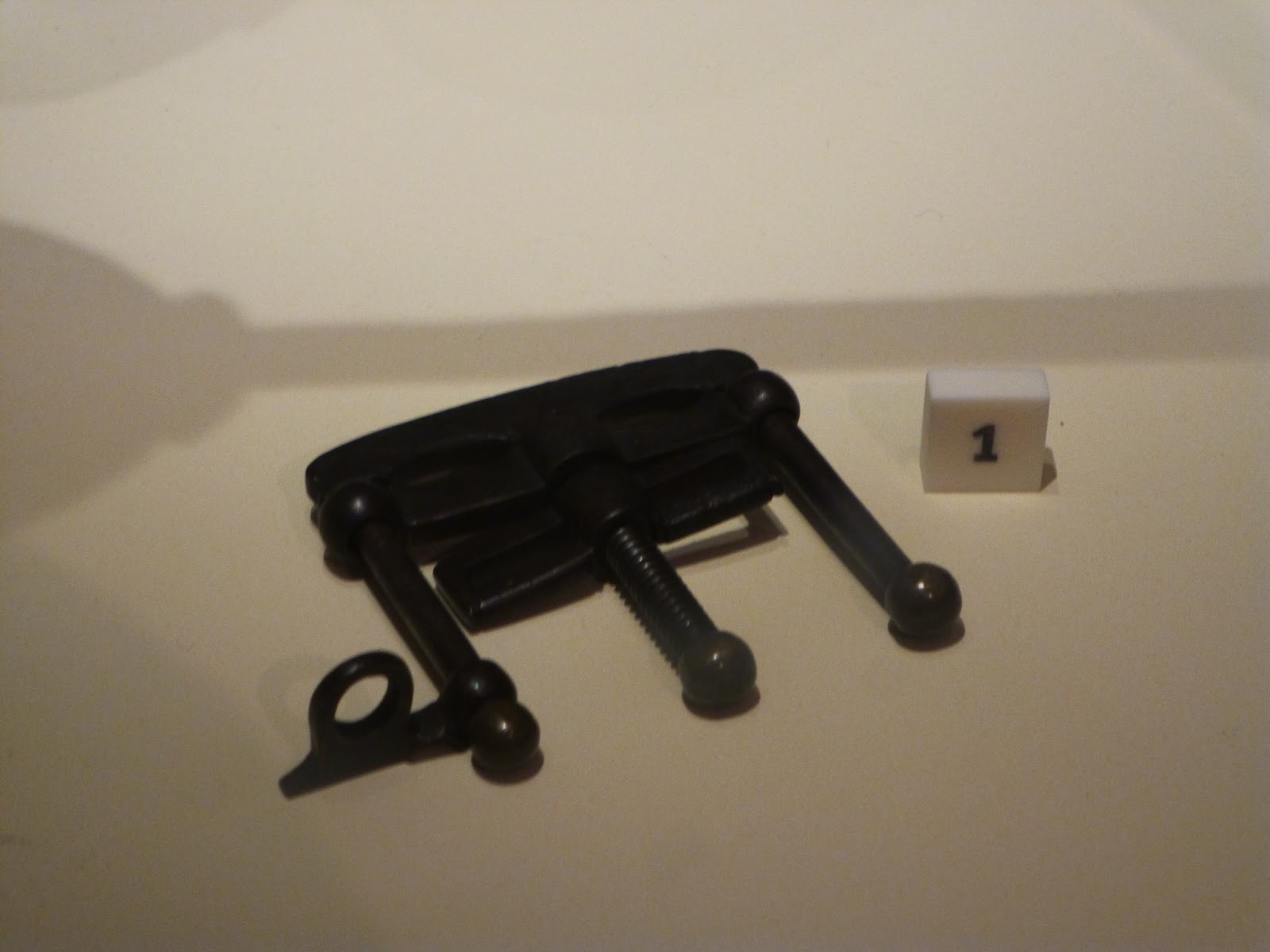 |
| The entrance to the men's and women's loos at the Scottish National Museum of Contemporary Art. |
We're in Istanbul at the moment, poised to leave for a catamaran sail on the Aegean with friends, and in two weeks we'll be back in the states. Done with this chapter. Very odd, very wonderful thought: settling down. There's precious little time for anything on this Turkish leg of travels, but here are a few Scottish bits and bobs somewhat organized last week.
 |
| Beautiful caterpillar near the SW coast of Scotland. |
 |
| This is one huge leaf, in a botanical garden on the Isle of Arran. Weird place for this tropical plant. |
 |
| These golden evergreen shrubs were in the same botanical garden. |
 |
| Scotland's native squirrel, red with lovely tufted ears. It's being killed off by a virus carried by the introduced American gray squirrel. |
 |
| These two barn owlets are visible by live cam at http://bit.ly/1bmYIC4 if you're interested. They were adorable, in SW Scotland at a RSPB bird sanctuary. |
The Scots truly love their national dish haggis (recipe includes sheep's pluck, oatmeal, lard, and onions, usually in a sheep's stomach). And their black (blood) pudding. We tried, and tried, and didn't learn to appreciate either. They say that haggis has huge regional differences; perhaps, but they all start out on the same taste note, which appears to be an acquired taste. On the other hand, their kippers, their smoked haddock and other fish, their porridge and ale, their soups, puddings (desserts) and pies were outstanding. Great food in Scotland. And some strange.
 |
| Haggis in intestinal bag balls in front. |
 |
| Didn't try it. |
 |
I asked a Scotwoman we got to know, and this wording doesn't carry the same load it does in the US.
Didn't try the dish. |
 |
| Steve, rubbing the toe of philosopher Hume for luck, right near the National Library of Scotland. |
  |
The white mound, behind Steve and to the left in the top picture and enlarged just above, is Bass Rock, the home of the largest Atlantic Gannet colony in the world (or so they say). Over 150K breed there. They and their poo are what makes it white. As you can tell, the water was too rough for us to take the boat out to see them. Whaaat? True - they cancelled the boat trip out to see the gannets due to rough water at the harbor entrance, much to our disappointment.
 |
| At the same broad beach ( in North Berwick, on the coast SE of Edinburgh) there was this cool man made tidal pool - washed out twice a day by the sea, very nice. |
|
 |
| This was nice to see. And a surprise. |
And on the other side, the Scots were out there with their witch torturing and confession producing thumb screws from the 1600s; for those of us who've hammered our thumbs, the efficacy is obvious. These below, from a wide collection of torture devices/witch producers at the National Museum of Scotland.
These Scottish chimney pots were pretty adorable.
 |
| Street performers in Edinburgh. The piper played only the pipes. The guy on the left was playing a banjo when I first got there. Lovely combination of instruments |
 |
This sculpture in the Scottish National Museum of Contemporary Art was fragrant. Each "leg" of porous stretchy soft material was filled with a different spice, softly re-arrangeable, fragrant.
We went to a cielidh while in Edinburgh -- dancing to local live music. Loved the skirts flying -- most of which were kilts on menfolk. Lots of casual energy and fun. |
 |
| Musicians on break. |
 |
We met lots of goats -- many sort of scary.
|
|
"Dr. Livingston, I presume" lived for awhile three doors down from our place in
Inverkeithing, a royal burgh just outside of Edinburgh.
|
|




























No comments:
Post a Comment